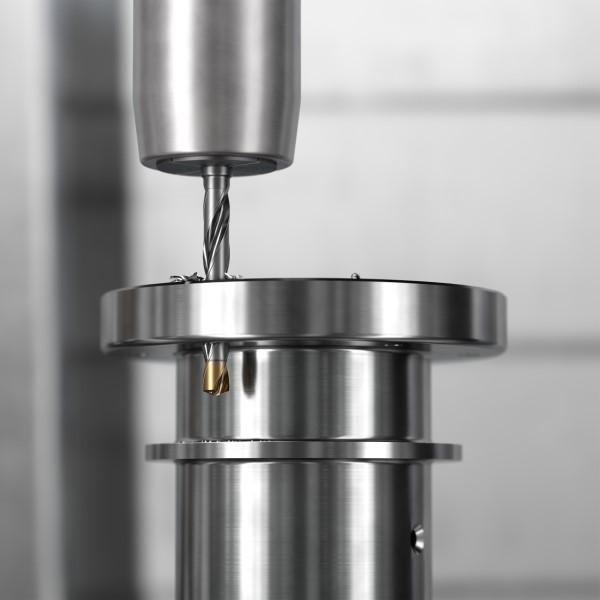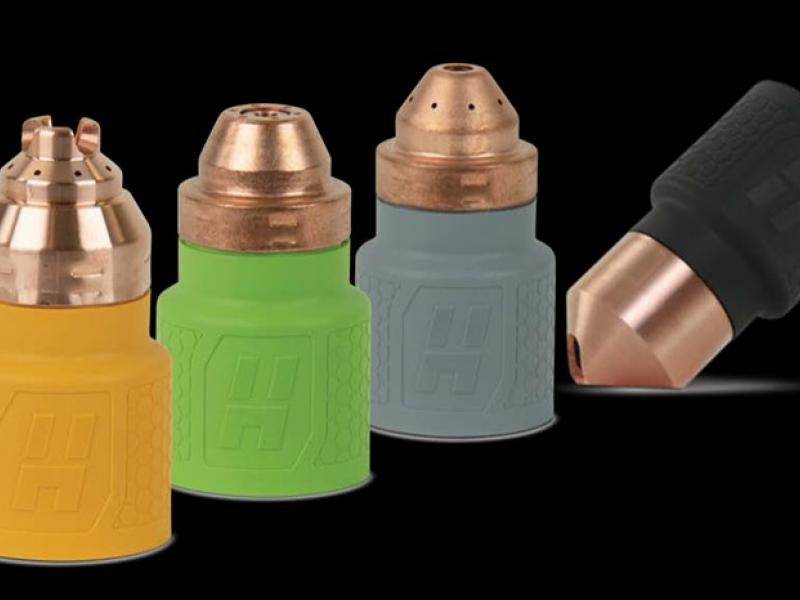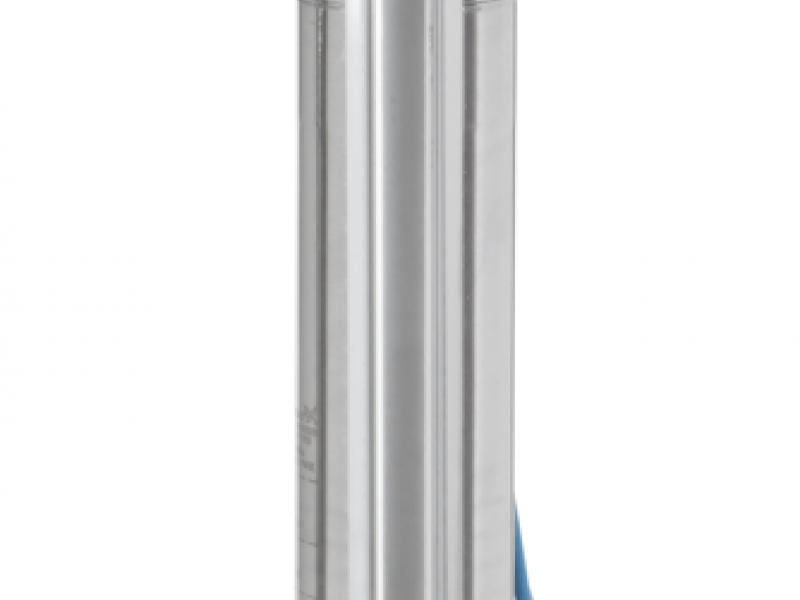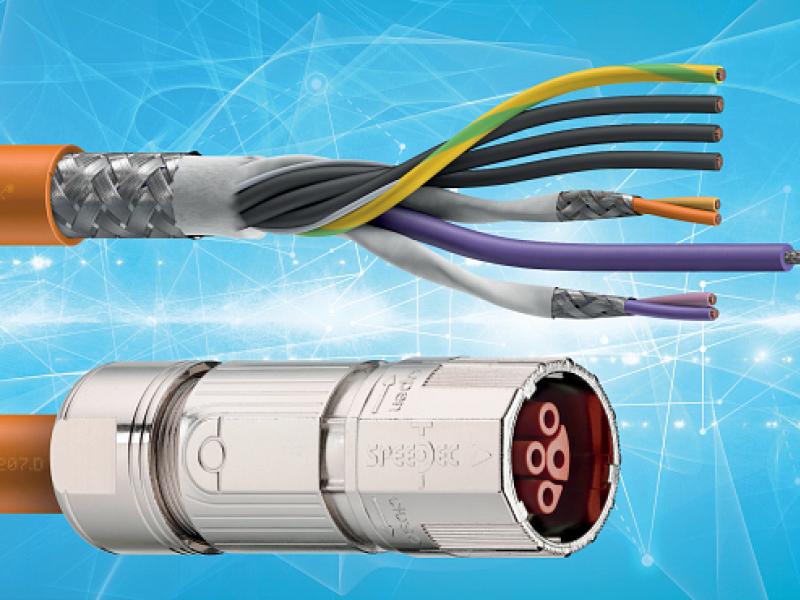“Standing out from the crowd,” is an idea we’re all familiar with. But differentiation is a particular challenge for manufacturers, as an unpredictable-future drives them to explore new markets, which means producing unfamiliar components from the toughest workpiece materials. Here, James Thorpe, global product manager at Sandvik Coromant, the global leader in metal cutting, explains why customised tooling is the way forward.
Custom manufacturing — the process of designing, engineering, and producing goods based on a customer’s unique specifications — poses unique challenges for manufacturers. With high volume manufacturing, the goal of the machine shop is to make thousands — or millions — of products at a low cost per unit. Design and manufacturing practices allow companies to deliver goods at prices acceptable to consumers, with a small profit margin-per-unit that multiplies across the whole manufacturing run.
But it’s a different story with built-to-order (BTO) one-off parts, or shorter production runs. The operator must adapt the cutting data and choice of tool to guarantee quality and productivity and ensure that the aforementioned price points are met. These parameters should be implemented quickly, to produce a product type the operator may never have worked with before. Furthermore, the process may entail machining tough workpiece materials like hardened steels, unalloyed steels or heat resistant super alloys (HRSA) materials.
This is enough of a challenge for machine shops that are used to manufacturing a variety of bespoke products, from different tough materials, on a day-to-day basis. But now there is a need for other manufacturers to get in on the act. As the continued COVID-19 pandemic has unpredictable effects on industry, particularly in relation to supply and demand, manufacturers are being encouraged to explore new revenue opportunities, vendor bases and products.
A recent Make UK report revealed that it will take until 2022 for UK manufacturing to recover to pre COVID-19 levels, potentially costing £35.7 billion in Gross Added Value this year alone. The report also examined the world’s most established manufacturing nations, including the US and Germany. Make UK’s findings reiterate that manufacturers must diversify their customer bases to help achieve growth, maintain demand and avoid over reliance any one specific market or customer.
So, machine shops that once specialised in a certain area of production are opening their CNC lathes and mills to a wider variety of tough and challenging materials, with minimised changeovers between production batches. This equates to new parts, tooling geometries and specifications; and operators require real-time adaptable control and data systems to match.
It is also likely that off the shelf tools will not always be equipped to deliver the best results. Instead, manufacturers should consider custom tooling solutions to continued product quality — but how can they do so quickly and profitably?
Why customise?
First, let’s examine what goes into customising a drill and why it’s important. The drill’s flute geometry, core, cutting edges and chamfers are all intrinsically linked to end results like hole quality, productivity and tool wear; and operational factors like the levels of cutting force and torque that can be applied to the drill.
For Sandvik Coromant’s tooling specialists, the design of the drill is everything. This is particularly evident in its optimised range of solid carbide drills, with enhanced designs that include advanced optimized point and flute geometry, reinforced core and corner chamfers, edge preparation to remove cutting edge micro defects, and a double margin to enhance drilling stability.
A good example is the CoroDrill® 860 with -GM geometry. This drill is especially popular among general engineering and mix-production manufacturers, as it’s designed for all applications where productivity and hole quality are critical. The CD860-GM is also used in aerospace, oil and gas, nuclear and renewable power industries.
Its optimised design is also proven in automotive production, including the drilling of engine blocks, casings, flanges and manifolds. In Korea, an automotive manufacturer used the CoroDrill 860-GM to drill through holes for automotive transmission connectors.
A competitor’s drill produced 200 components, 1600 holes in total with a cutting speed (Vc) of 80m/min (3102 RPM) and cutting feed (Vf) of 381 mm/min. The CoroDrill 860-GM, meanwhile, produced 2300 components (18400 holes) with a Vc of 100m/min (3878 RPM) and Vf of 814 mm/min.
The result was a significantly improved tool life of 1150% and shows the importance of combining drill design and cutting data in ways that yield optimal performance.
Going the extra
But what if a machine shop needs extra performance from its tooling solution that standard available options can’t match? Most operators will have been in a position where a shorter drill, or different diameter, would have yielded better results.
Then this is where tool customisation comes into play which, thanks to modern technology, can entail customised existing standard tools or developing a new one from scratch. In this case, ‘modern technology’ refers to Sandvik Coromant’s Tailor Made, an online tool that allows users to specify tailor made tooling according to their own specific part manufacturing needs.
In short, users can login and enter their own configurations into the software, which might entail customising an existing drill — like the CoroDrill 860-GM, for instance. Let’s say they want an 18 mm diameter, 36 mm usable length and Weldon shank. All of these parameters can be added, giving the user freedom to specify their own dimensions and requirements. The software can also recommend parameters, like drill length.
The Tailor Made resource is an example of how engineers and plant managers are increasingly turning to online tools to gain real-life advantages. Customised tooling is especially useful when machining components with many holes and many applications, like automotive engine blocks.
There are also time advantages, as the end user doesn’t need to sit around waiting for a quotation. Indeed, Tailor Made can be accessed twenty-four-seven; an example of how manufacturers are increasingly going online to communicate with suppliers. According to research by Sana, 19% of manufacturers now buy at least 90% of their products online.
An advantage, here, is a faster turnaround. This is especially useful when manufacturers must quickly adapt to new orders for BTO or one-off parts, without losing time or quality.
Just a click away
However, the most important advantages of customised tool design relate to machining and performance.
Take, for instance, one manufacturer that sought to achieve productivity gains on one of its product lines. The customer had been using two tools to produce a feature, specifically a hole and countersink for an M10 fine thread bolt. The manufactured components had 45 holes, and up-to 90 holes in some cases.
The customer’s standard solution, a step drill with the drill and countersink combined, had proven unsuitable. This was caused by the geometry of the feature and that the two existing tools would not produce a large enough countersink.
Instead, by using Sandvik Coromant’s Tailor Made, the customer was able go online and design a new tool. Within a few minutes, the software generated a 2D DXF file, and also a 3D rendering, along with the price and lead time. The customer could also see that a couple of slight changes were required within the tool’s geometry.
This took only a few moments, and the tool was re-submitted and returned promptly with updated models and drawings. A few weeks later, the solution was delivered to the customer and new tool was then implemented into its manufacturing procedure.
The customer said it was very impressed by the how easy it was to create a new solution, and how quickly the Tailor Made returned the results. In addition, the new cycle time achieved with this process, achieved with Tailor Made, was measured against the old. It was found that, by going online, the customer had reduced its cycle time by 10%.
Manufacturers can build on this performance further with other online tools, like Sandvik Coromant’s CoroPlus® Tool Guide, which allows users to calculate the optimal cutting data for their requirements, and match this to the right tool.
In addition, these online tools cover product groups within all areas of metalworking: turning, milling, and hole making, are all available for customisation. The advantages for manufacturers are two-fold. Firstly, it helps them adapt quickly to manufacturing — perhaps unfamiliar — one-off or BTO parts. Secondly, it can help manufacturers manage the practicalities of diversification, such as running a greater variety of tough materials or data through their CNC machines from one day to the next.
With online tools like Sandvik Coromant’s Tailor Made, “standing out from the crowd” can be not just an idea, but a solution for manufacturers to diversify and grasp new opportunities.
Southern Cutting Technology (SCT) Ltd






